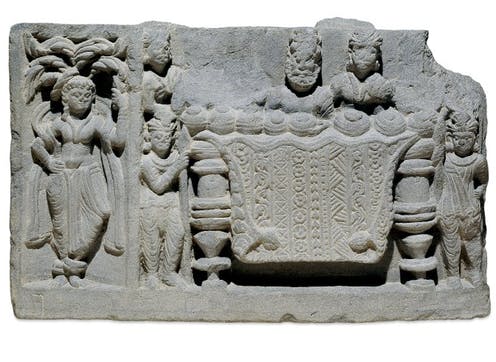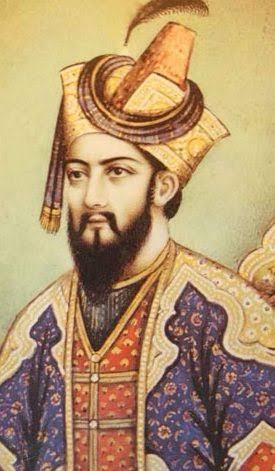
1/n Samarangana Sutradhara by the brilliant Bhojadeva (10th c. CE) is an invaluable reference on Hindu engineering. Bhojadeva defeated the 1st wave of Turkish Islamic invaders, built massive civic projects, was an outstanding architect, poet, scientist - the list is endless. 

2/n
We know of only 84 Sanskrit books written by him but many more have been lost. The Samarangana Sutradhara in particular is fascinating because he has written in detail about a fascinating topic- Yantras. The variety of machinery he describes is mind-boggling.
We know of only 84 Sanskrit books written by him but many more have been lost. The Samarangana Sutradhara in particular is fascinating because he has written in detail about a fascinating topic- Yantras. The variety of machinery he describes is mind-boggling.

3/n Interestingly automated mechanized Yantras were known to exist from earlier times as in the case of Ajatashatru who employed mechanical guards to defend Buddha’s remains. Chandragupta Maurya also solved the puzzle of a robotic lion in a cage with no doors. 

4/n
Bhojaraja describes automated machines from self moving robots to self sufficient aquariums with mechanical fish & flowers, to war machines. Here are a few of the types of yantras described in his book:
“Yantras which produces fire in the midst of water and vice versa”
Bhojaraja describes automated machines from self moving robots to self sufficient aquariums with mechanical fish & flowers, to war machines. Here are a few of the types of yantras described in his book:
“Yantras which produces fire in the midst of water and vice versa”

5/n
“Chronometers, an astronomical moving model of the universe called “Gola”, a mechanical contrivance which pours oil into lamps, entertaining yantras like singing and dancing birds and animals, automated bird toys which can sing, “Ratha dola” - a Merry Go Round”
“Chronometers, an astronomical moving model of the universe called “Gola”, a mechanical contrivance which pours oil into lamps, entertaining yantras like singing and dancing birds and animals, automated bird toys which can sing, “Ratha dola” - a Merry Go Round”

6/n
“Aerial vehicles, mechanical guards, automated fountains, “Darigriha‟ shower-bower in garden, 2 storeyed “pranala‟ like Pushpakavimana,‟Jalamagna‟ - chamber under water surrounded by mechanical lotuses, fishes, birds etc., military equipments powered by mercury engines”
“Aerial vehicles, mechanical guards, automated fountains, “Darigriha‟ shower-bower in garden, 2 storeyed “pranala‟ like Pushpakavimana,‟Jalamagna‟ - chamber under water surrounded by mechanical lotuses, fishes, birds etc., military equipments powered by mercury engines”

7/n
“Ustra - griva‟ similar to modern cranes, & protective military fences that can spread out automatically.” He suggests many such Yantras can be invented by using the same constituent elements and basic principles described by him.
“Ustra - griva‟ similar to modern cranes, & protective military fences that can spread out automatically.” He suggests many such Yantras can be invented by using the same constituent elements and basic principles described by him.

8/n He speaks of keeping the details about constructing these yantras secret to protect such powerful knowledge - which is understandable considering Hindus were under attack at the time. We are experts at undermining the knowledge our ancestors had. 

9/n
Source article about Samarangana Sutradhara:
bit.ly/2QIp82q
Sanskrit text part 1:
archive.org/details/in.ern…
PC: pixwox.com/pl/profile/mph…
Source article about Samarangana Sutradhara:
bit.ly/2QIp82q
Sanskrit text part 1:
archive.org/details/in.ern…
PC: pixwox.com/pl/profile/mph…
• • •
Missing some Tweet in this thread? You can try to
force a refresh






















